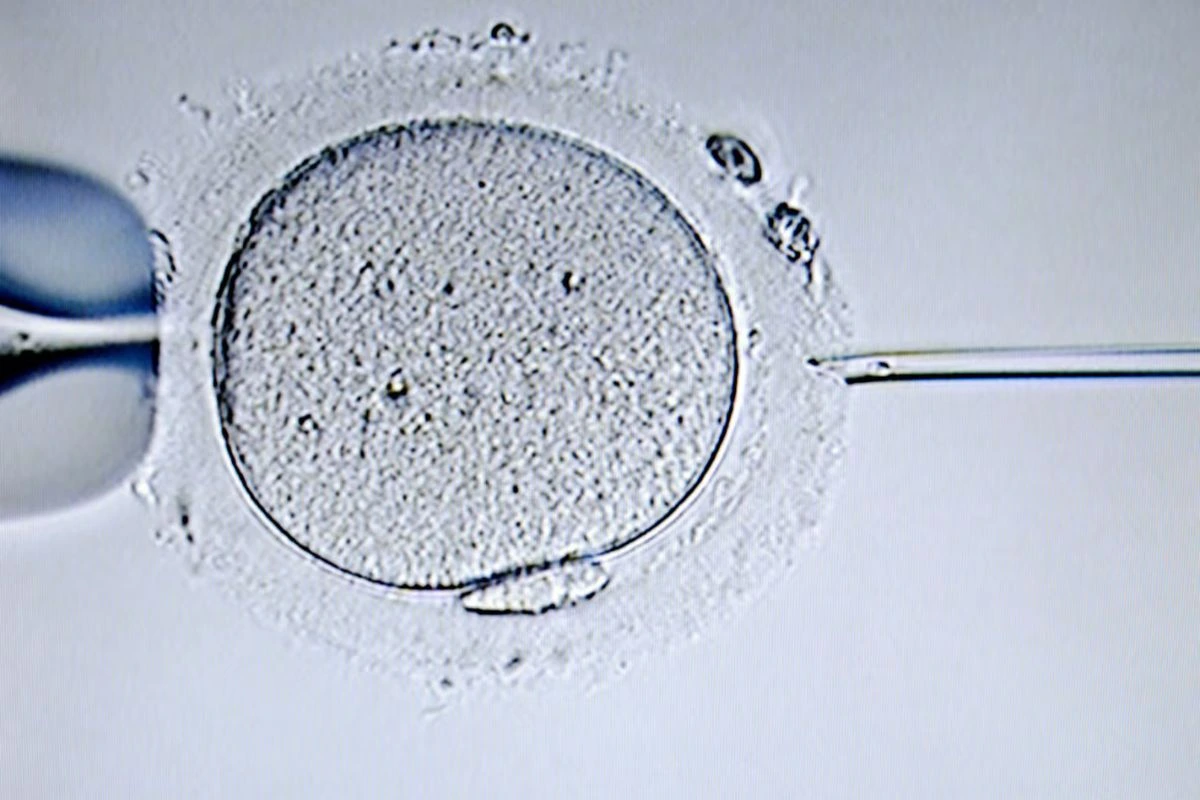How IVF Treatment is Done: A Step-by-Step Guide

In vitro fertilization (IVF) has become a well-known solution for couples struggling with infertility. It offers hope to those who are facing difficulties in conceiving naturally. IVF is a complex procedure, but it has helped millions of people worldwide to have children. If you are considering IVF as a treatment option, it's essential to understand the process and what to expect. This blog will provide a clear and simple guide on how IVF Treatment is Done: A Step-by-Step Guide, and how the Best IVF Treatment in Nairobi can help you achieve your dream of becoming a parent.
What is IVF Treatment?
IVF is a type of assisted reproductive technology (ART) that involves fertilizing an egg outside the body and then transferring it to the woman's uterus. It is used when other fertility treatments have failed or when there are specific fertility issues that prevent natural conception, such as blocked fallopian tubes, male infertility, or unexplained infertility. The process involves several steps to ensure the highest chances of success, and understanding How IVF Treatment is Done: A Step-by-Step Guide can help you feel more prepared for what lies ahead.
Step-by-Step Guide to IVF Treatment
Here is an overview of how IVF is done, broken down into key steps:
1. Ovarian Stimulation: The first step in the IVF process is ovarian stimulation. The woman is given fertility medications that stimulate her ovaries to produce multiple eggs. Typically, the ovaries produce one egg per cycle, but IVF requires several eggs to increase the chances of successful fertilization. The medications used help boost egg production, and the doctor will monitor the response with ultrasounds and blood tests to track hormone levels.
During this stage, the woman will undergo regular monitoring at a fertility clinic to ensure the follicles (which contain the eggs) are growing properly. The number of eggs retrieved will depend on the woman’s response to the medication. Ovarian stimulation usually lasts around 10 to 14 days.
2. Egg Retrieval (Aspiration): Once the eggs are fully matured, the next step is egg retrieval. This procedure is done under light sedation to minimize discomfort. A needle is inserted through the vaginal wall and into the ovaries to collect the eggs. The process is usually quick and may take around 20 to 30 minutes.
After egg retrieval, the eggs are sent to the laboratory for fertilization. At this stage, the male partner will provide a sperm sample, or sperm from a donor may be used. The sperm will be processed and selected for fertilization.
3. Fertilization of the Eggs: Once the eggs are collected, they are fertilized in the laboratory. There are two main methods of fertilization:
(i) Conventional IVF Fertilization: The sperm is placed in a dish with the eggs, allowing them to fertilize naturally.
(ii) Intracytoplasmic Sperm Injection (ICSI): In cases where there is male infertility or poor sperm quality, a single sperm is injected directly into the egg to ensure fertilization.
After fertilization, the embryos are monitored as they develop. The embryologist observes them for about 3 to 5 days, watching their growth and quality. The embryos are graded based on their appearance and how well they are developing.
4. Embryo Transfer: After the fertilized eggs develop into embryos, the next step is embryo transfer. The best quality embryos are selected for transfer to the woman's uterus. This procedure is relatively simple and does not require anesthesia. A catheter is inserted through the cervix, and the selected embryos are placed into the uterus.
The number of embryos transferred depends on the woman’s age, the quality of the embryos, and the doctor’s recommendation. In most cases, one or two embryos are transferred to minimize the risk of multiple pregnancies. The goal is to implant the embryo(s) in the uterine lining, where they can continue to grow and develop into a healthy pregnancy.
5. Pregnancy Test and Follow-Up: After the embryo transfer, the woman will wait for around 10 to 14 days before taking a pregnancy test. The test will detect if the embryo(s) have successfully implanted in the uterus. If the test is positive, the woman will continue to take medication to support the pregnancy. The doctor will schedule follow-up visits to monitor the progress of the pregnancy.
If the pregnancy test is negative, the doctor may recommend further treatment options or another cycle of IVF. It is important to remain patient, as IVF can take several attempts to achieve a successful pregnancy.
What Are the Risks and Success Rates of IVF?
While IVF is a highly effective fertility treatment, it is important to understand the risks and success rates associated with the procedure. Some of the risks of IVF include:
(i) Ovarian Hyperstimulation Syndrome (OHSS): This occurs when the ovaries respond too strongly to fertility medications, leading to bloating and discomfort.
(ii) Multiple Pregnancies: IVF increases the risk of twins or higher-order multiples, which can result in complications for both the mother and babies.
(iii) Ectopic Pregnancy: In rare cases, the embryo may implant outside the uterus, usually in a fallopian tube, which can lead to complications.
The success rates of IVF depend on several factors, including the woman’s age, the quality of the eggs, sperm, and embryos, and any underlying fertility issues. For women under 35, the success rate of IVF is around 40% to 50%, but the rate decreases as a woman gets older.
Best IVF Treatment in Nairobi
For those seeking the Best IVF Treatment in Nairobi, several regional fertility clinics offer state-of-the-art IVF services with high success rates. These clinics are equipped with advanced technology, skilled fertility specialists, and experienced embryologists who guide patients through every step of the IVF process.
Choosing the right fertility clinic is essential for achieving the best outcomes. Look for clinics that offer personalized care, a high success rate, and a range of fertility treatments. Be sure to ask questions about the IVF process, costs, and any additional treatments that may be necessary to increase your chances of success.
Why Choose IVF?
IVF has become a popular and highly effective solution for couples facing infertility. How IVF Treatment is Done: A Step-by-Step Guide provides you with a clear understanding of the IVF process, from ovarian stimulation to embryo transfer. IVF offers hope to couples who have struggled to conceive naturally and allows for personalized treatment tailored to each individual’s unique needs.
For those in Kenya, Best IVF Treatment in Nairobi provides a range of services and expertise to help individuals and couples achieve their family-building goals. IVF has helped many people fulfill their dream of having children, and it continues to be a beacon of hope for those facing fertility challenges.
Conclusion
How IVF Treatment is Done: A Step-by-Step Guide provides insight into the IVF process and what couples can expect when undergoing treatment. From ovarian stimulation to embryo transfer, IVF offers hope for many couples struggling with infertility. By understanding the steps involved and the potential risks and success rates, couples can make informed decisions about their fertility journey.
For those seeking the Best IVF Treatment in Nairobi, choosing a reputable fertility clinic with experienced specialists is essential to ensure the highest chances of success. IVF can be a life-changing option, and with the right support, you can begin your journey toward parenthood. If you are considering IVF, consult with a fertility specialist to learn more about the process and explore your options.
FAQ's
What is IVF treatment?
IVF, or In Vitro Fertilization, is a fertility treatment where eggs are fertilized outside the body and then placed into the uterus to achieve pregnancy.
How long does the IVF process take?
A full IVF cycle usually takes 4–6 weeks, starting with ovarian stimulation and ending with embryo transfer and pregnancy testing.
Is IVF painful?
Most steps, like egg retrieval, are done under sedation, so discomfort is minimal. Some women may experience mild cramping or bloating during the process.
What are the risks of IVF?
Possible risks include ovarian hyperstimulation, multiple pregnancies, and, rarely, ectopic pregnancy. These are closely monitored by fertility specialists.
